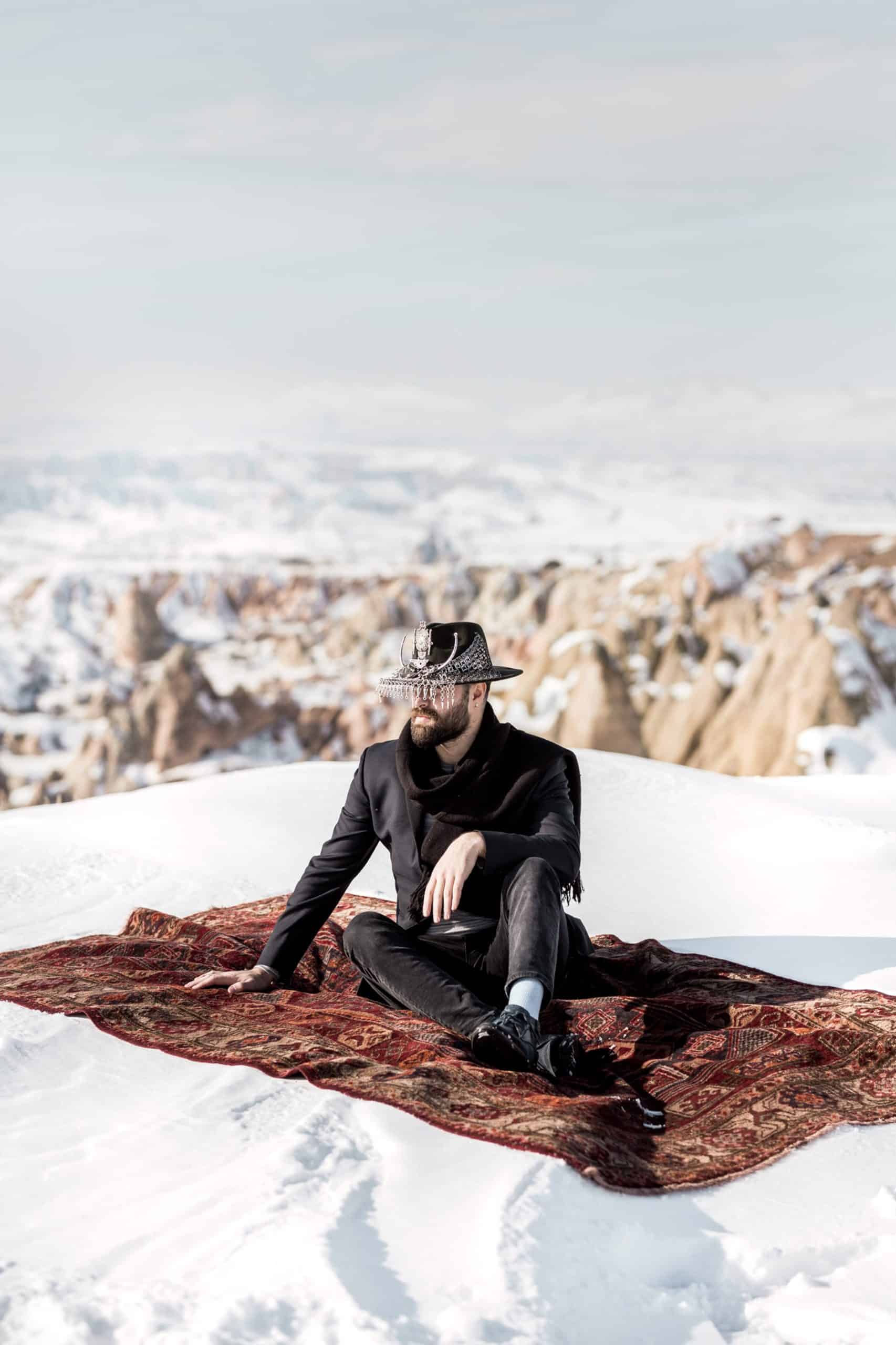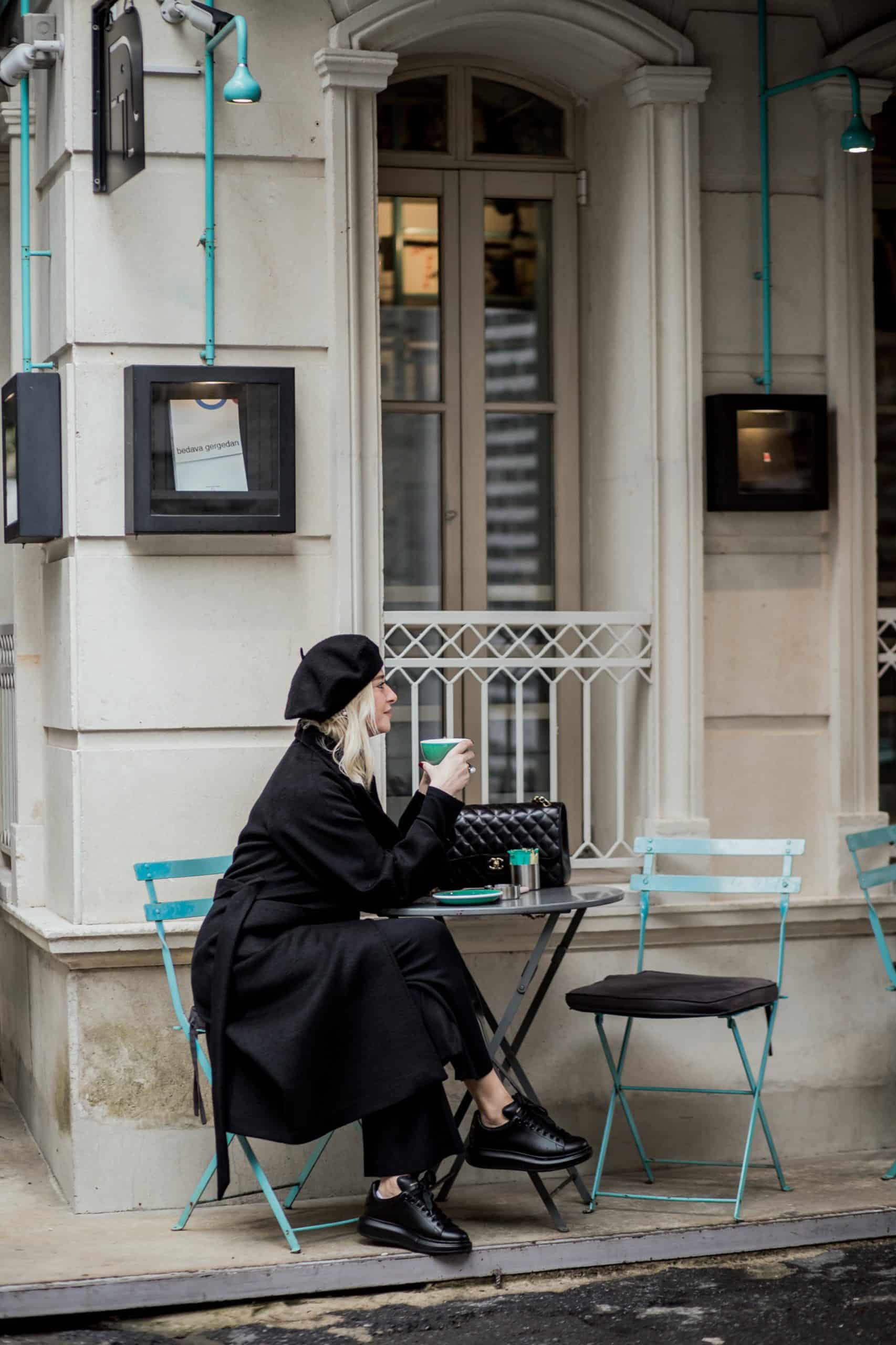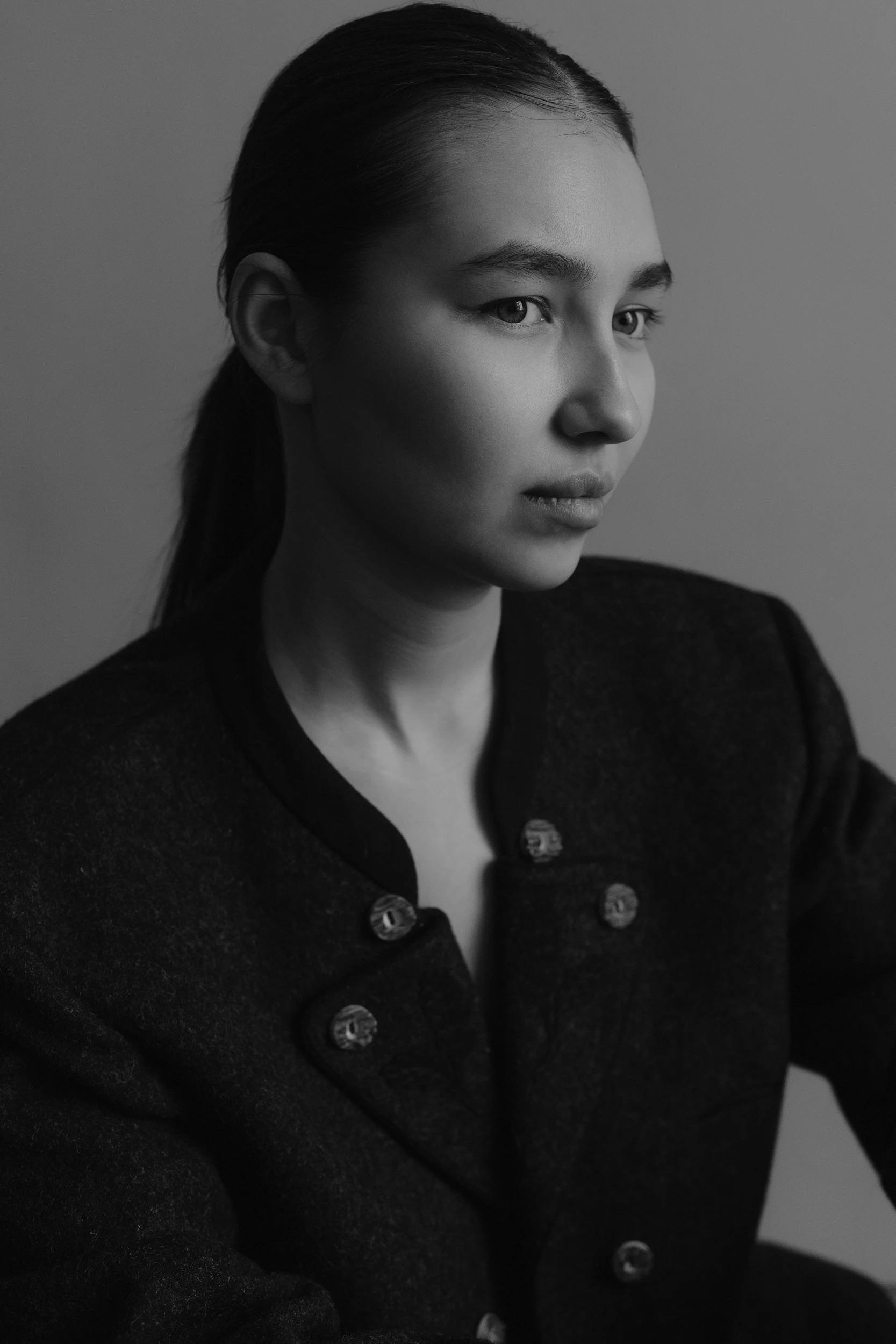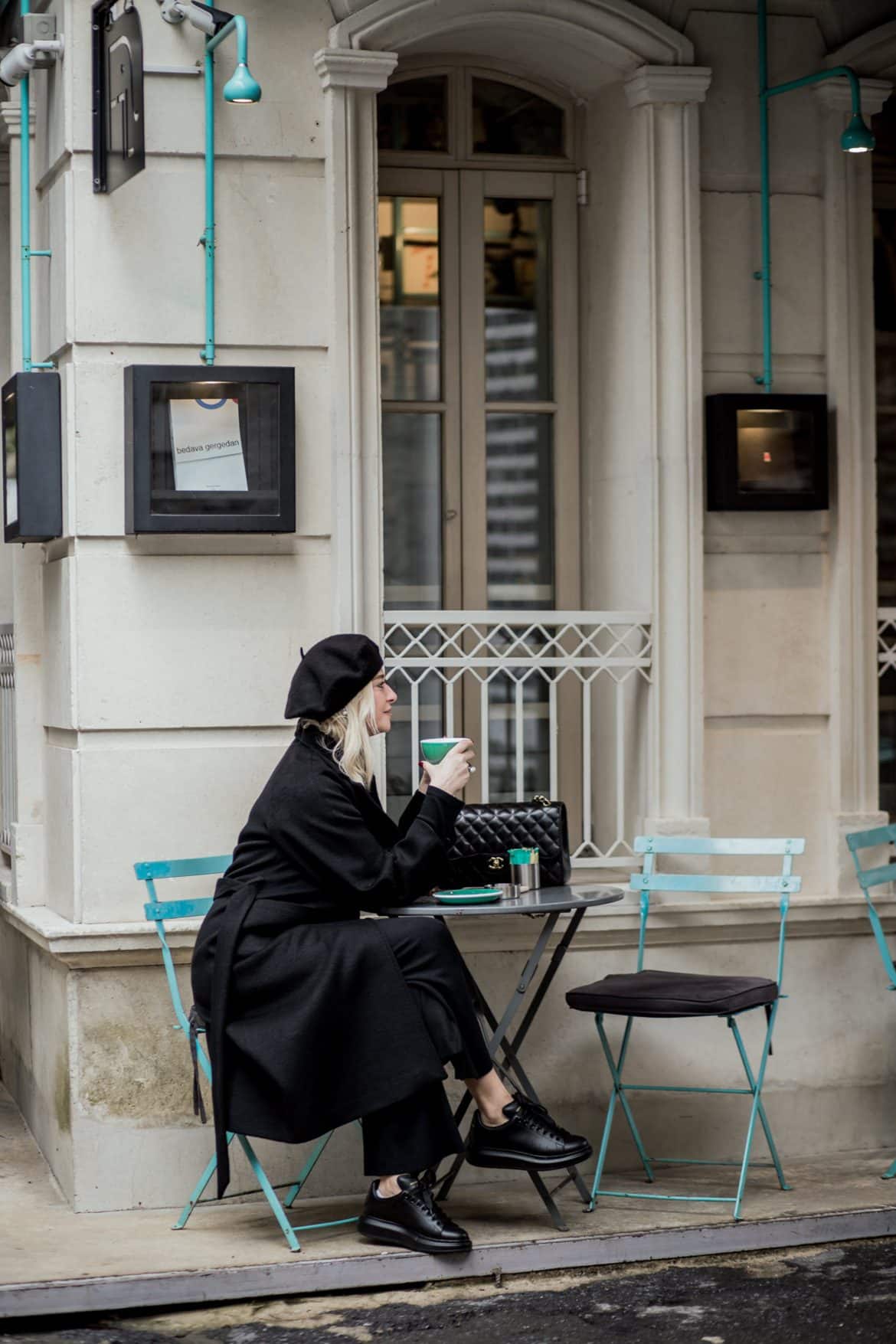So, you've just brought home a sweet and adorable Labradoodle puppy, and now you're curious to know what type of coat they will eventually have. Well, fret not, because determining the coat type of a Labradoodle puppy is actually quite fascinating! With their unique mix of Labrador Retriever and Poodle genes, these puppies can have a variety of coat types, from curly to wavy to straight. By observing their coat texture and observing their parents' coats, you can start to decipher the future coat destiny of your precious little buddy.
Physical Characteristics to Consider
Size of the Puppy
When determining the coat type of a Labradoodle puppy, it's important to consider the size of the puppy. Labradoodles come in various sizes, including standard, medium, and miniature. The coat type may differ depending on the size of the puppy. Smaller Labradoodles often have a softer and less dense coat compared to their larger counterparts.
Body Structure
The body structure of a Labradoodle can also provide some clues about the coat type. Labradoodles have a rectangular body shape, with a strong and athletic build. The coat should be evenly distributed over the body, with no bare patches or excessive shedding. The body structure should be proportional, without any abnormalities that may affect the coat quality.
Facial Features
Labradoodles have various facial features that can indicate their coat type. The shape and size of the muzzle, eyes, and ears can give you some insights into the type of coat the puppy may have. For example, puppies with a longer muzzle and wide-set eyes are more likely to have a wool coat, while those with shorter muzzles and smaller eyes tend to have a hair coat.
Different Types of Labradoodle Coats
Wool Coat
Labradoodles with a wool coat have tightly curled or spiraled hair. This type of coat is dense, soft, and plush to the touch. The curls may be close to the skin and create a poodle-like appearance. Wool coats are often low-shedding and hypoallergenic, making them a popular choice for individuals with allergies.
Fleece Coat
Labradoodles with a fleece coat have wavy or loose curls that are softer and less tightly packed than those of a wool coat. The fleece coat is typically longer and has a silky texture. It has a luxurious appearance and can range from loose waves to more defined curls. Fleece coats are also low-shedding and hypoallergenic, but may require more maintenance and grooming than wool coats.
Hair Coat
Labradoodles with a hair coat have a straight or slightly wavy hair that resembles human hair rather than traditional dog fur. This type of coat is typically shorter and doesn't have a curly or wavy texture. Hair coats may vary in thickness and may or may not be hypoallergenic. They require less grooming than wool or fleece coats but may shed more.

This image is property of images.pexels.com.
Determining Coat Type
Observing the Puppy's Coat as a Newborn
One way to determine the coat type of a Labradoodle puppy is to observe its coat as a newborn. Although the coat may not be fully developed at this stage, you can still get an idea of the puppy's future coat type. Look for any signs of curliness or straightness in the hair and take note of the texture.
Examining the Parents' Coats
Another helpful method is to examine the coats of the Labradoodle puppy's parents. Labradoodles inherit their coat traits from their parents, so by looking at their coats, you can make an educated guess about the potential coat type of the puppy. If both parents have wool or fleece coats, it's highly likely that the puppy will have a similar coat type.
Consulting the Breeder
A reputable and experienced Labradoodle breeder can provide valuable insight into the coat type of a Labradoodle puppy. They have experience with the breed and can assess the puppy's coat traits based on their knowledge and expertise. Breeders can also share information about the puppy's lineage, which can help determine the coat type.
Assessing the Puppy's Changing Coat
Labradoodle puppies go through coat changes as they grow, and their adult coat may not fully develop until they are around 12-18 months old. It's important to keep in mind that determining the coat type of a Labradoodle puppy may not be a precise science. By observing the changes in the puppy's coat over time, you can have a better understanding of its ultimate coat type.
Factors Affecting Coat Type
Genetics
Genetics play a significant role in determining the coat type of a Labradoodle. Labradoodles are a crossbreed between Labrador Retrievers and Poodles, and their coat traits can be inherited from either parent breed. The combination of genes from both breeds can create a wide range of coat types, including curly, wavy, or straight.
Mix of Labrador Retriever and Poodle
The specific mix of Labrador Retriever and Poodle within the Labradoodle's lineage can also influence the coat type. For example, a Labradoodle with a higher percentage of Poodle genes is more likely to have a curly or wavy coat, while a Labradoodle with a higher percentage of Labrador Retriever genes may have a straighter coat.
Influences from Other Breeds
Labradoodles can have influences from other breeds in their lineage, which can affect their coat type. If other breeds, such as Spaniels or Portuguese Water Dogs, are introduced into the Labradoodle's bloodline, it can result in variations in the coat type. These influences can add different textures, curl patterns, or even colors to the coat.
Crossing Generations of Labradoodles
Breeding Labradoodles with Labradoodles from different generations can also impact the coat type. For example, breeding a first-generation Labradoodle (F1) with another F1 or a first-generation backcross (F1B) can result in a wider range of coat types compared to breeding two F1B Labradoodles. The more generations of Labradoodles involved, the more predictability there may be in terms of coat type.

This image is property of images.pexels.com.
Coat Type Traits to Look For
Curl Pattern
The curl pattern of a Labradoodle's coat can range from loose waves to tight curls. Observing the curl pattern can give you an idea of the coat's texture and potential maintenance requirements. Curlier coats tend to be hypoallergenic and require more frequent brushing and grooming to prevent matting.
Hair Length
Labradoodles can have varying hair lengths, including short, medium, or long. Hair length can affect the overall appearance and maintenance of the coat. Longer hair may require more frequent brushing and trimming to prevent tangles and matting, while shorter hair may require less maintenance.
Texture and Shine
The texture of a Labradoodle's coat can range from soft and silky to coarse and wiry. The coat should have a healthy shine and not appear dull or lackluster. A soft and silky texture is often preferred, as it feels pleasant to the touch and gives the coat a luxurious appearance.
Hypoallergenic Properties
Labradoodles are often sought after for their hypoallergenic properties, as they produce less dander and are generally more allergy-friendly than other breeds. While no dog is completely hypoallergenic, Labradoodles with wool or fleece coats tend to be more hypoallergenic due to their low-shedding nature and minimal dander production.
Common Coat Combinations
Wavy Wool Coat
A wavy wool coat is a popular coat combination in Labradoodles. It features loose waves with a soft and dense texture. This coat type is often low-shedding and hypoallergenic, making it suitable for individuals with allergies. Regular grooming, including brushing and occasional trimming, helps to maintain the coat's appearance and prevent matting.
Curly Fleece Coat
The curly fleece coat is another common coat combination in Labradoodles. It consists of tight or loose curls with a soft and silky texture. Curly fleece coats are usually low-shedding and hypoallergenic, but they require more grooming and maintenance than other coat types. Regular brushing, trimming, and occasional professional grooming are necessary to keep this coat looking its best.
Straight Hair Coat
Labradoodles with a straight hair coat have a coat similar to that of Labrador Retrievers. The hair is typically straight or slightly wavy, and it lacks the curls or waves found in wool or fleece coats. Straight hair coats may vary in thickness and length. This coat type may shed more and require less grooming than wool or fleece coats, but regular brushing is still necessary to keep the coat healthy.

This image is property of images.pexels.com.
Grooming Requirements for Different Coats
Brushing and Matting
Regular brushing is essential for all coat types of Labradoodles. It helps to remove loose hair, prevent matting, and maintain the coat's overall health and appearance. Labradoodles with wool or fleece coats require more frequent brushing to prevent tangles, while those with straight hair coats may need less brushing. Brushing should be done with a slicker brush or a comb suitable for the specific coat type.
Trimming and Clipping
Labradoodles with longer or curlier coats may require periodic trimming and clipping to maintain a tidy appearance. Trimming the hair around the ears, paws, and tail can prevent matting and hygiene issues. Many Labradoodle owners choose to have their dogs professionally groomed every few months to ensure their coats are properly maintained.
Bathing and Drying
Labradoodles should be bathed regularly to keep their coats clean and remove any dirt or debris. The frequency of bathing will depend on the coat type and the dog's lifestyle. Labradoodles with wool or fleece coats may require more frequent bathing, while those with straight hair coats may need less frequent baths. After bathing, it's important to thoroughly dry the coat to prevent any moisture-related issues.
Coat Maintenance Tips
Regular Brushing
To keep your Labradoodle's coat in top condition, regular brushing is key. Aim to brush your Labradoodle at least once a week, if not more frequently for wool or fleece coats. This helps to remove loose hair, prevent matting, and distribute natural oils throughout the coat. Make sure to use an appropriate brush for your Labradoodle's coat type to avoid any discomfort or damage.
Professional Grooming
Consider scheduling regular professional grooming sessions for your Labradoodle. Professional groomers can help keep the coat in optimal condition, trim excess hair, and ensure that your Labradoodle looks and feels their best. They can also address any specific grooming needs based on your Labradoodle's coat type and lifestyle.
Avoiding Shaving
Unless there is a specific need or medical reason, it's generally recommended to avoid shaving your Labradoodle's coat. Labradoodles have a double coat that helps regulate their body temperature, and shaving can disrupt this natural insulation. Instead, opt for regular grooming, trimming, and brushing to maintain the coat's health and appearance.
Using Dog-friendly Shampoos and Conditioners
When bathing your Labradoodle, make sure to use dog-friendly shampoos and conditioners that are suitable for their coat type. There are numerous products available that are specifically formulated for Labradoodle coats, catering to their unique needs. Avoid using harsh or human products as they can strip the coat's natural oils and cause skin irritation.
Adapting to Your Labradoodle's Coat Type
Allergies and Hypoallergenic Coats
If you or someone in your household suffers from allergies, choosing a Labradoodle with a wool or fleece coat can be beneficial. These coat types are more likely to be hypoallergenic and produce less dander. However, it's important to note that every individual's allergies are different, and it's advisable to spend time with the specific Labradoodle to assess any allergic reactions before bringing them home.
Seasonal Coat Changes
Labradoodles may experience seasonal coat changes, especially during shedding seasons. Some Labradoodles, particularly those with fleece or hair coats, may shed more during these periods. Regular brushing during shedding seasons can help manage the excessive shedding.
Indoor and Outdoor Activities
Consider your Labradoodle's coat type when planning indoor and outdoor activities. Labradoodles with wool or fleece coats may require more protection from extreme weather conditions, such as hot summer days or cold winter temperatures. They may benefit from wearing coats or having access to shade and air conditioning to ensure their comfort.
Protecting Against Extreme Weather
Labradoodles with wool or fleece coats may be more susceptible to overheating in hot weather and may require extra measures to stay cool. Make sure to provide access to shade, plenty of fresh water, and avoid excessive exercise during the hottest parts of the day. In colder weather, consider providing a suitable dog coat or sweater to keep your Labradoodle warm and protected.
Conclusion
Labradoodles are beloved companion dogs known for their unique and diverse coat types. Determining the coat type of a Labradoodle puppy involves observing their physical characteristics, examining the parents' coats, consulting with a breeder, and assessing the puppy's changing coat over time. Factors such as genetics, the mix of Labrador Retriever and Poodle, influences from other breeds, and crossing generations of Labradoodles can all impact the coat type.
Labradoodles come in various coat combinations, including wavy wool, curly fleece, and straight hair coats. Each coat type has its own grooming requirements, maintenance tips, and adaptability to different lifestyles. Regular brushing, professional grooming, avoiding shaving, and using appropriate shampoos and conditioners are essential for maintaining a Labradoodle's coat.
By understanding the unique coat type of your Labradoodle and adapting to their specific needs, you can ensure they have a healthy and beautiful coat that suits your lifestyle. Whether you're embracing the hypoallergenic properties of wool and fleece coats or appreciating the low maintenance of a straight hair coat, your Labradoodle's coat is a special attribute that enhances their appeal as a beloved companion.


